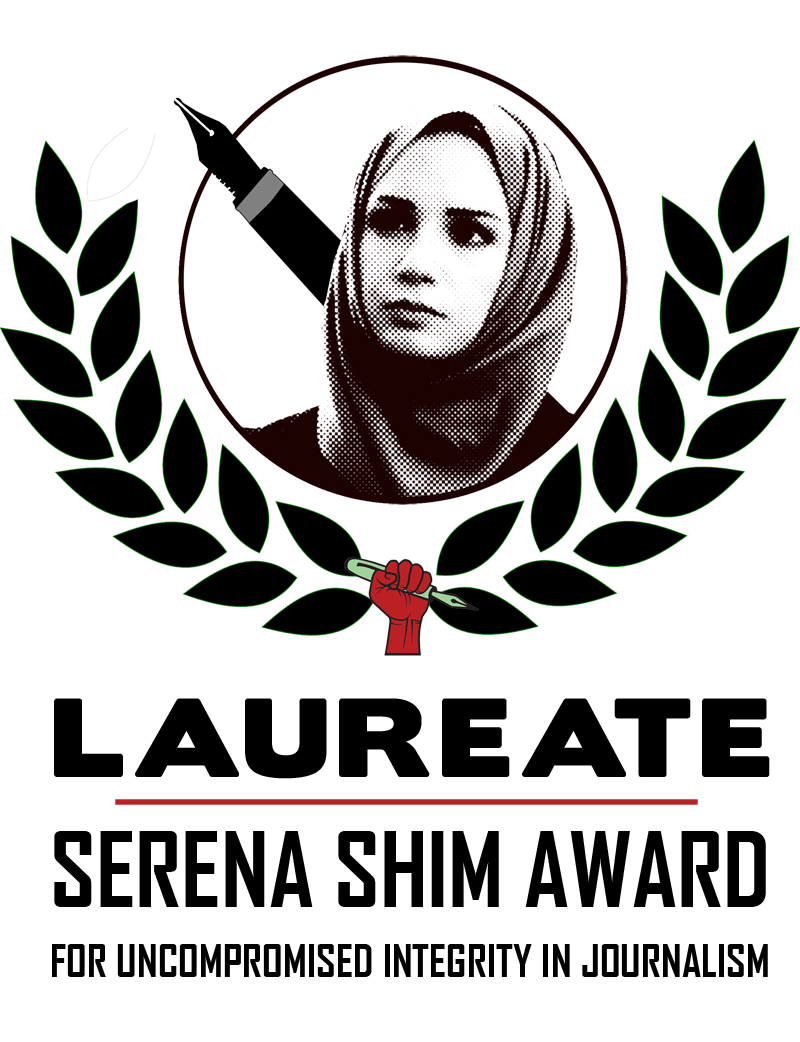
INTRODUCTION
An army is a country’s military, and a commander-in-chief (CIC) is a person in charge of all the armed forces of a country or of all forces fighting in a particular area or operation. In this article, the life and the battles of the first Iranian CIC, Rostam-e-Farrokh Zaad (RFZ), are presented and discussed.
HIS OTHER NAMES
The name of RFZ is also documented as Rostam Farrokhzad, Rustam Farrokh-Zad, Spahbod Rustam Farrukh-Hormazd, General Arteshbod Rostam-e Farokhzad, and many others.
HIS LIFE
The birth-date and the birthplace of RFZ, the first Iranian famous army commander, are unknown. It is, however, speculated that he should have been born about the same time when Khosrow Parviz (KHP) was succeeded to the Sassanid throne in 590 AD. It is also reported that RFZ possibly belonged to a noble family from Fars (Some researchers refer to RFZ as Azarbaaijani, which is most unlikely). His father, Farrukh-Hormuzd, served the Sassaanian rulers in high office. Khurrazad, his brother, was also an eminent Sassanian commander during the Arab invasion of Iran. Khurrazad has been most famous for being present at the Battle of Jalula where he led a major Persian force against the Arabs, resulting in a major disaster with perhaps a hundred thousands Persian casualties. On the basis of Ferdowsi’s epic book of Shahnameh, RFZ was knowledgeable in astronomy, astrology and he was a master of military skills. Ferdowsi describes him as one of the finest warriors (in Persian: Delavaraan or Razmandehggan) of Iran. At 40 when Hormoz or Hormizd VI was in power (631- 632 AD), RFZ was one of the four Marshals of the Monarchy, and he promoted as a CIC when Yazdegerd or Yazdgird III took power in 632 AD.
After the death of KHP in 628 AD until the reign of Yazdgird III at 632 AD, there were seven Sassanid royal personalities (SRP) who ruled over Iran. During that period, Iran was unfortunately facing some political and economical problems. One of the reasons for those problems was the prolonged war between Iran and Rome, which almost broke the backbone of Iranian economy. At the same time the neighboring Muslim Arabs under Umar-ibn-al-Khattab (634 – 644 AD) were planning to attack and to conquer Iran. It should be noted that during those days most Iranians and people of Central Asia resisted firmly the Arab invaders and they also, by their teeth and nails, fought the invaders from the beginning up to the end.
HIS BATTLES
In 635 AD, Umar appointed Abu Obayd Ibn Al Mossana to be in charge of the War with Iran. An intense battle between the Arabs and Iranian armies occurred, and Euphrates River was the battle scene. The Iranian Army Commander was no one else but RFZ, the CIC of Iran. Iranians won this battle and Arabs ran away. RFZ knew that he had to chase Arabs all the way back and defeat them in their own land. Yet he was called upon to get back to Madaa-en or Ctesiphone, the Sassanid Capital near present-day Baghdad.
This gave Arabs an opportunity to rest, regroup and a year later they started their invasion once more. In 636 AD, RFZ faced the most important battle of his life. RFZ and his Selected Immortal Guards or SIG (in Persian: Gaard-e-Jaavidan) together with the Iranian Infantry and Cavalry on one side and the Arabs under Sa’ad-Ibn-Abi-Vaghas (SIAV) on the other side got ready for the battle in Ghadesiyeh (also spelled as Qadisyyeh, Qadisiyyah, etc.) near Hira. The battle started on Monday February 19, 636 AD and lasted for four days. Iranian Army was a traditional organized military force, yet Arabs were fighting hit and run commando warfare. Umar ordered SIAV not to take any Iranian soldier as the prisoner of war, POW, but kill any POW instead!
HIS END
Ultimately, Arabs under SIAV defeated the Sassanid army in the battle of Ghadesiyeh. When SIAV sent a letter to RFZ and invited him to surrender his artilleries and forces, and bring Islam, so he could be saved, RFZ laughed at messenger. He then extended his right arm toward the Iranian land that he was standing upon, and loudly declared
THIS SOIL IS MY BLOOD AND VEINS;
I CANNOT GIVE IT AWAY. I NEED IT TO LIVE!
When night came, Arabs rushed into his strong hold. It is documented that RFZ bravely fought until the last drop of his blood and at the end even after he lost his sword, he fought Arabs with bare hand and no shield. RFZ and his SIG killed as many Arabs as they could. Then a group of Arabs rushed over and attacked him in all directions. Eventually RFZ was sadly killed by the hands of Helaal-e-Arab, an army commander under SIAV in 636 AD.
EPILOGUE
Ferdowsi has documented that during a night at Ghadesiyeh, RFZ, the astrologer, read the stars and he foresaw and anticipated his defeat, the fall of Sassanid Empire, and the disasters, which Iran would face. RFZ then wrote a letter to his brother Khurrazad and notified him what was going to happen. Here is a part of the Ferdowsi’s poem based on that letter:
تبه گردد اين رنجهای دراز/ نشيبی دراز است پيش فراز
نه تخت و نه ديهيم بينی نه شهر/ ز اختر همه تازيان راست بهر
چو روز اندر آيد به روز دراز/ شود ناسزا شاه گردنفراز
بپوشد از ايشان گروهی سياه / ز ديبا نهند از بر سر کلاه
نه تخت و نه تاج و نه زرينه کفش/ نه گوهر نه افسر نه بر سر درفش
برنجد يکی ديگری برخورد/ به داد و به بخشش همی ننگرد
ز پيمان بگردند وز راستی/ گرامی شود کژی و کاستی
پياده شود مردم جنگجوی/ سوار آن که لاف آرد گفت و گوی
کشاورز جنگی شود بی هنر/ نژاد و هنر کمتر آيد به بر
ربايد همی اين از آن آن از اين/ ز نفرين ندانند باز آفرين
نهان بدتر از آشکارا شود/ دل حاکمان سنگ خارا شود
بد انديش گردد پدر بر پسر/ پسر بر پدر همچنين چاره گر
به گيتی کسی را نماند وفا/ روان و زبانها شود پر جفا
ز ايران وز ترک وز تازيان/ نژادی پديد آيد اندر ميان
نه دهقان نه ترک و نه تازی بود/ سخنها به کردار بازی بود
همه گنجها زير دامن نهند/ بکوشند و کوشش به دشمن دهند
نه جشن و نه رامش نه گوهر نه نام/ به کوشش ز هر گونه سازند دام
زيان کسان از پی سود خويش/ بجويند و دين اندر آرند پيش
بريزند خون از پی خواسته/ شود روزگار بد آراسته
چو بسيار ازين داستان بگذرد/ کسی سوی آزادگان ننگرد
همه دل پر از خون شود روی زرد/ دهان خشک و لبها پر از باد سرد
چنين بيوفا گشت گردان سپهر/ دژم گشت وز ما ببريد مهر
همان زشت شد خوب و شد خوب زشت/ بشد راه دوزخ پديد از بهشت
حکیم ابوالقاسم فردوسی
The full Persian text of the poem may be viewed online here.
Manouchehr Saadat Noury, PhD
REFERENCES
Bozorgbazgasht Website (2005): Online Notes on the Historical Letters
Coyajee, J.C. (2005): Online Article on Spahbod Rustam Farrukh-Hormazd and the Faith Making Battle of Qadisyyeh
Derafsh Kaviyani Website (2010): Online Notes on the Commemoration of Battle of Qadissiya
Ganjoor Website (2011): Online Ferdowsi’s Poem
Nicolle, D. (1996): Sassanian Armies: the Iranian Empire Early 3rd to Mid-7th Centuries AD, ed., Stockport: Montvert, ISBN 978-1874101086
Saadat Nouri, H. (1933): The Short History of Iran, In Persian: Tarikh-e Mokhtassar-e Iran, a Translation of a Book Authored by Sir Percy Sykes, Erfan Publications, Isfahan, Iran
Saadat Noury, M. (2009): Online Article on Rostam-e-Farrokh Zaad: Famous Iranian Commander-in-Chief
Saadat Noury, M. (2010): Various Articles on Persian History & First Iranians
Wikipedia Encyclopedia (2011): Online Notes on Rostam Farrokhzad, Khurrazad, Battle of al-Qadisiyyah, and Battle of Jalula
Zarinkoob, A. (1999): History of Iran, in Persian: Ruzgaran: Tarikh-e Iran, ed., Sukhan Publications, Tehran, Iran
Read more on FIRST IRANIANS






